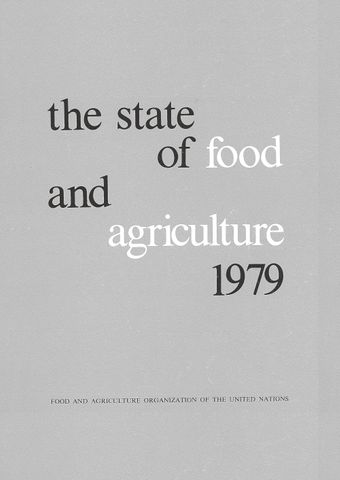Forestry and rural development

- Author: Food and Agriculture Organization of the United Nations
- Main Title: The State of Food and Agriculture 1979 , pp 90-124
- Publication Date: July 1979
- DOI: https://doi.org/10.18356/9e81a6d0-en
- Language: English
Until recently, rural development was generally considered from the point of view of food and agricultural production. Forestry tended to be regarded as a separate and isolated sector of interest only if it were possible to promote wood production for export or domestic industry or necessary to regulate water supply or control erosion. Attention was focused on the control of dense forests or on the creation of large plantations. Forest resources were treated as unutilized capital to be mobilized mostly for investment in other sectors of the economy. The harvesting and sale of commercial timber grew rapidly but the net flow of capital into producing countries was much less impressive. Most timber was exported, and continues to be exported, as round wood raw material so that no potential added value was retained in the country. Mechanized harvesting methods required considerable amounts of imported equipment and other inputs, and in some cases a large part of the profits accrued to foreign owners or partners 1/. The local people frequently lost access to the land taken over for forest estates or plantations but which had formerly enabled them to meet their own needs. As they could not adopt the new technology because of its complexity and expense, most of them were worse off than before. Indeed, there was a tendency to regard them almost as enemies from whom the trees had to be protected. On the other hand, in areas where wood was in great demand but trees were scarce, foresters were not to be found though their advice and assistance could have been invaluable.
-
From This Site
/content/books/9789210472951c004dcterms_title,dcterms_subject,pub_keyword-contentType:Journal -contentType:Contributor -contentType:Concept -contentType:Institution105



